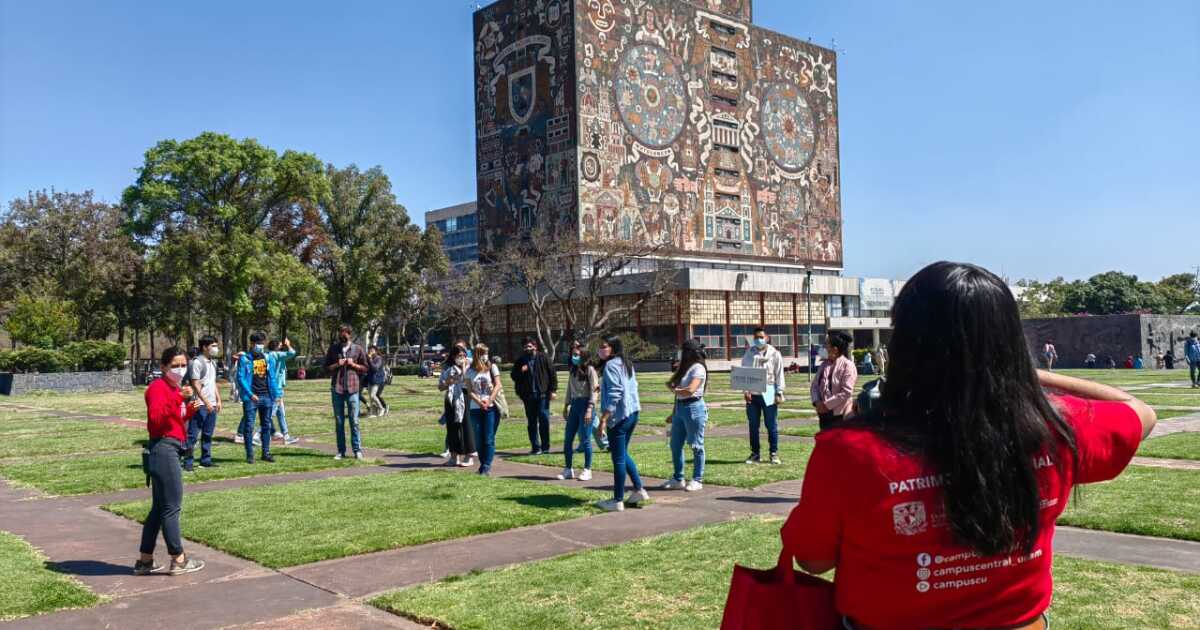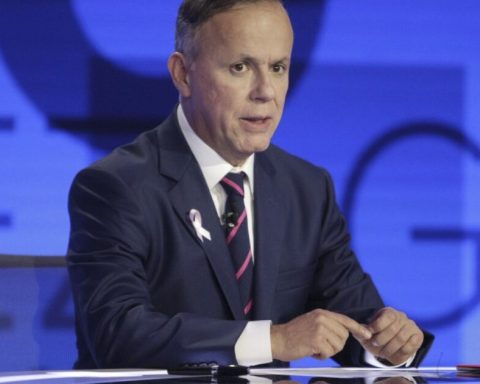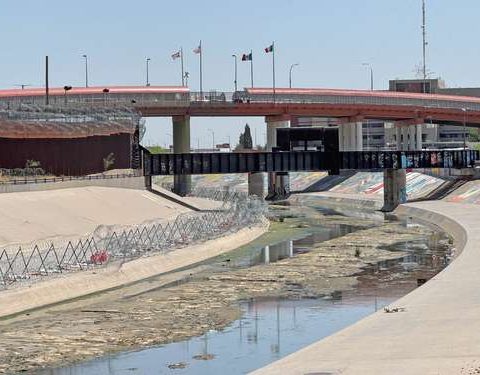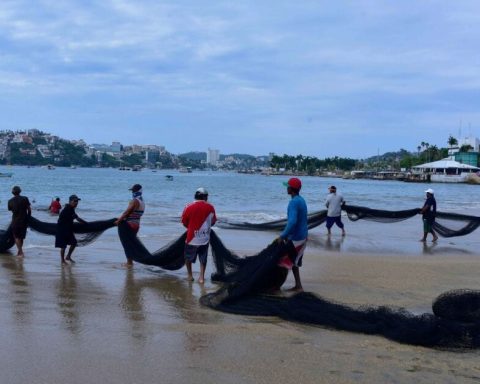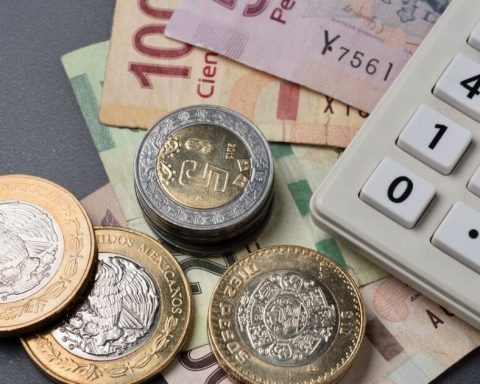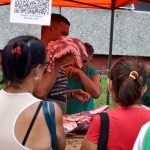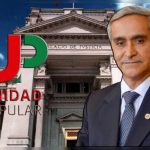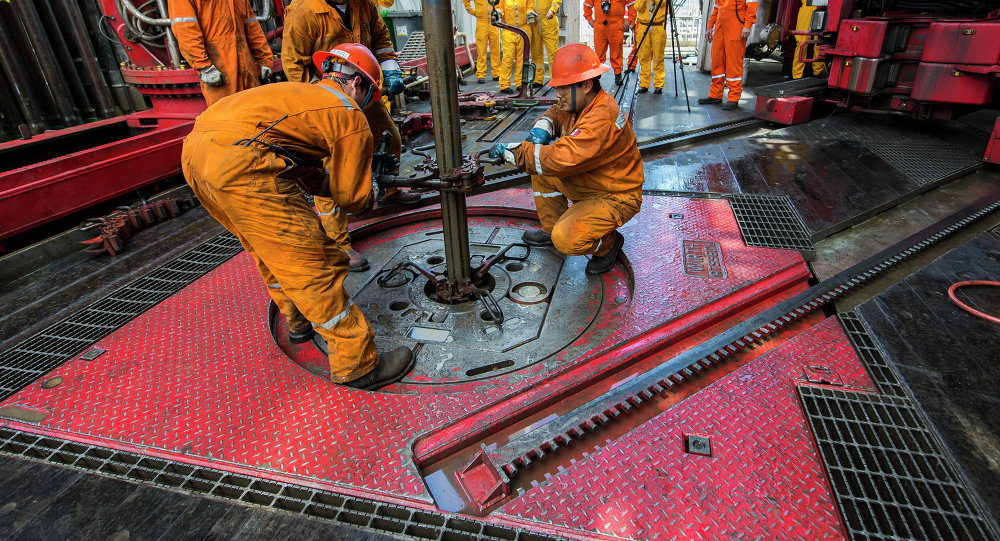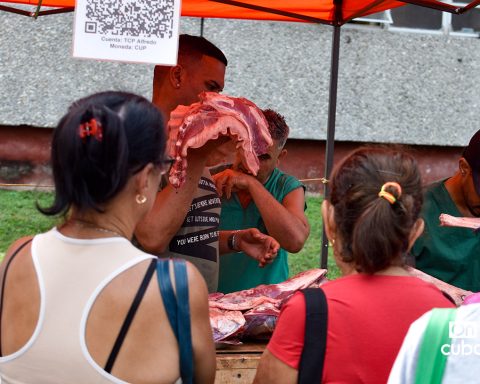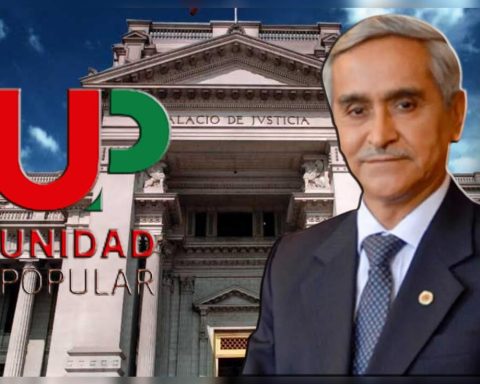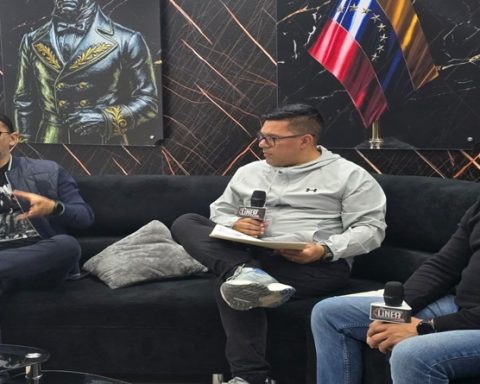Physical and mental health, pandemic lessons
Jaime Román is a student of Economics and although this faculty has not officially started face-to-face classes, he and two more friends met at Ciudad Universitaria to train American football. In an open space and with background music, young people perform cardiovascular resistance exercises.
Two years after the pandemic, Jaime is not part of the more than 5.6 million infections that are registered in the country. He believes that it is because he already has his complete vaccination schedule and because before and during the epidemic he has had an active life in sports and good nutrition.
“I tried to avoid a sedentary lifestyle, I exercised at home, I jumped rope, I think that maintaining a healthy life does make a lot of difference, the pandemic came to teach us that lesson, mental health is also essential,” he says.
Not only mental health care but social and academic activities were a constant reason for President Andrés Manuel López Obrador to call on the university community to return to the classroom in person since last October. “Stir up,” he said at a morning conference.
(Photo: David Santiago)
But it was not until the UNAM considered that the decrease in epidemic activity, after the fourth wave that shot up records of infections, and the apparent beginning of the referral process, that it called on academic entities to gradually increase their presence in educational centers, although he emphasized that “it is necessary to remain alert, take care of ourselves and observe all preventive measures.”
Although not all schools and faculties have returned to the classrooms, in Ciudad Universitaria, there is an increasing movement of students, teachers and administrative staff – especially in outdoor spaces – very different from the panorama that was observed in 2021 when all activity was suspended and the campus looked completely empty.
